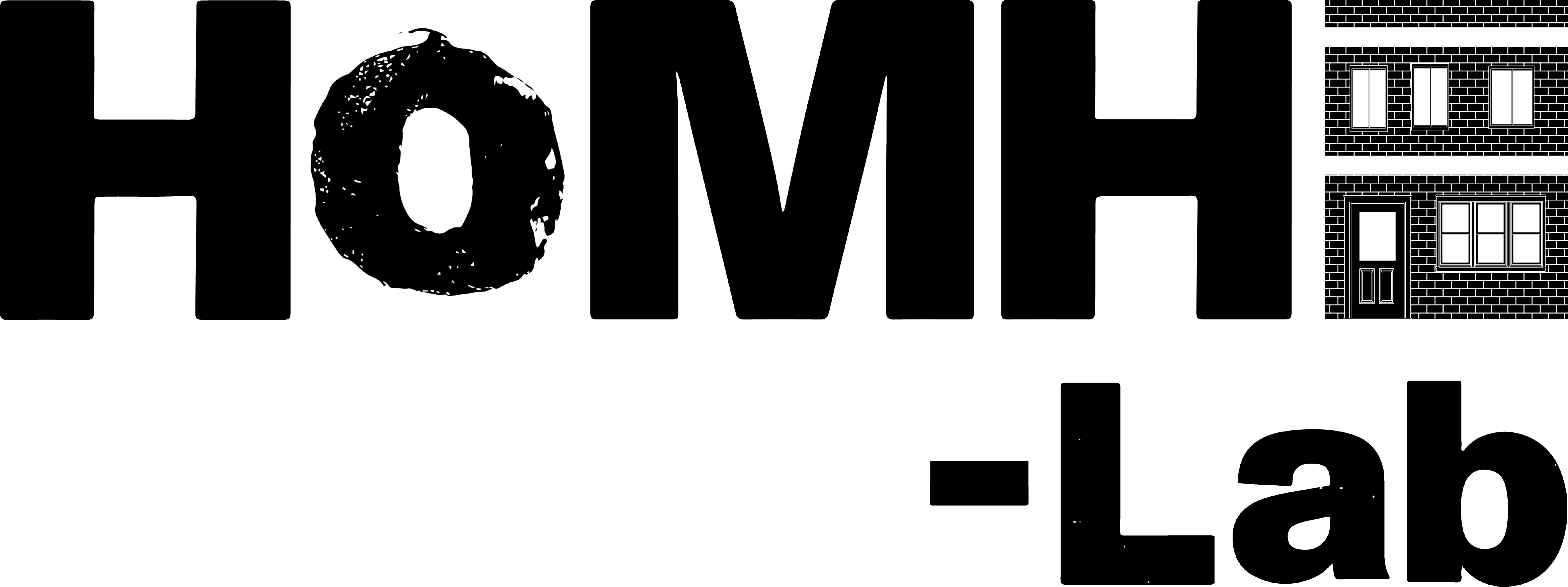
Following mould in temporary accommodation

Nikita Simpson |
Elizabeth Storer | Suad Duale
Location: Birmingham, UK
Timeline: 2022-2024
Location: Birmingham, UK
Timeline: 2022-2024
PROJECT DETAILS
The UK is in the midst of a housing crisis - and a crisis of housing is also a crisis of health. Two million people in the UK live in homes with black mould. In 2020 two-year-old Awaab Ishak died from a respiratory condition caused by mould in his home, leading to the passing of "Awaab's Law". In this context, housing disrepair - and particularly mould as one form of it - is receiving increasing attention within research, advocacy and policy efforts.
Under-acknowledged within these efforts is the extent to which racialised and migrant communities are disproportionately impacted by inadequate housing in states of disrepair. Mould can be seen as a visible manifestation of the nexus of complex policies related to housing, migration and health, and closely tied to the UK Home Office's former intention to create a "hostile environment", that makes it hard for migrants to remain in the UK.
This research group spent two years conducting action-focused and participatory ethnographic research with a collective of Somali women in Birmingham, to understand their experiences of housing disrepair, its impact on their and their family’s health and wellbeing - and the experience of precarity and state abandonment this is indicative of. This research examines how the materiality and symbolics of disrepair speak to wider experiences of racialised abandonment on the part of the British state.
Given the scale of the housing crisis, and its uneven outcomes, the research suggests we may need new theoretical and methodological tools to fully understand the links between housing and physical and mental health. The findings suggest that co-produced approaches which centre bodily and mental distress might provide a means of understanding historical and contemporary connections between regimes of un-homing and mental ill-health.
APPROACH
The research methods were co-developed with Somali community leaders and research participants. Drawing on the diverse expertise of our research team - an anthropologist, a health geographer and a psychologist - the approach consisted of three key elements.
The core data came from 35 women’s 'housing biographies' (Althaus and Glaser, 2014). Through interviews, they traced the womens’ housing journeys from eviction through temporary accommodation. These interviews took place at a local youth centre—a trusted space where women could participate within the flow of their daily routines.
The team also conducted creative participatory workshops focused on understanding the emotional and subjective experiences of housing dispossession and distress. The workshops mobilised methods such as drama, dance, painting, poetry and mapping, informed by principles of participatory action research and art therapy.
Wary of replicating inspection practices, the team did not request access to womens’ dwellings, but did accept two invitations. Led by participants, these narrated home visits involved tours where women pointed out visible signs of disrepair.
In this way, the research group have developed a conceptual and methodological approach to understand diverse experiences of ‘housing distress’.
RESOURCES




